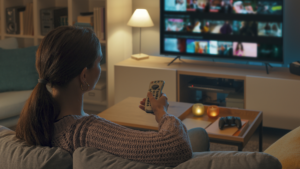We’re sorry. The page you are looking for appears to be missing.
The page that you are looking for does not exist. You may have accidentally mistyped the page address, or followed an expired link. Let us help you get back on track!
The page that you are looking for does not exist. You may have accidentally mistyped the page address, or followed an expired link. Let us help you get back on track!

Learn how leading brands leverage deep insights to create highly compelling omnichannel campaigns that fuel growth with Black consumers.

As we approach the final holiday season of 2024, we’ve curated the ultimate gift for your strategy toolkit: a collection of the year’s most impactful consumer insights. These insights, drawn from our most downloaded and…

Brands have a unique and powerful opportunity to build authentic connections with the military community.

Explore insights that teach brands how to break through the plateau by representing the reality of consumer experience.